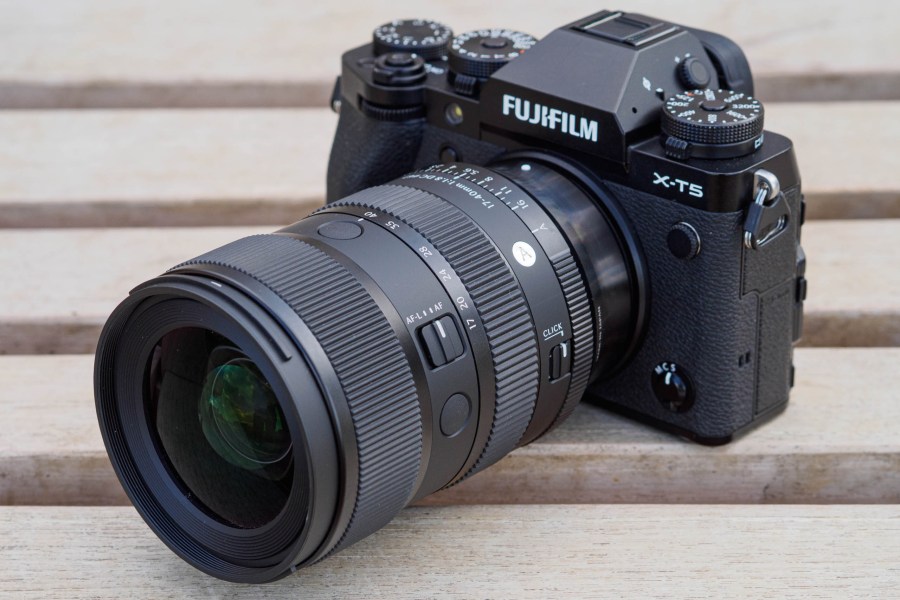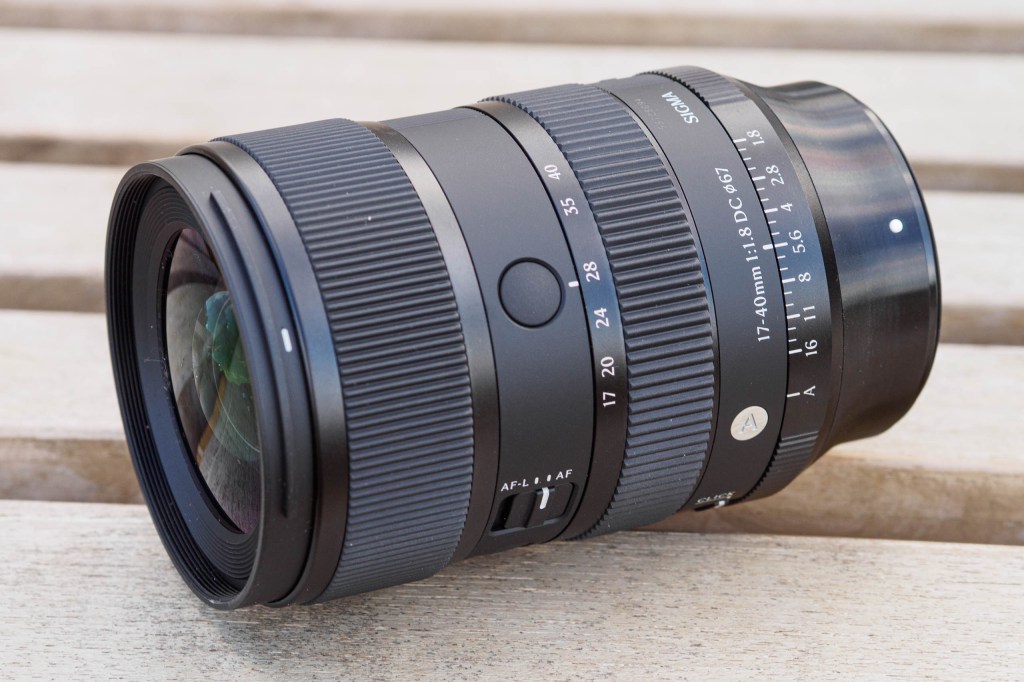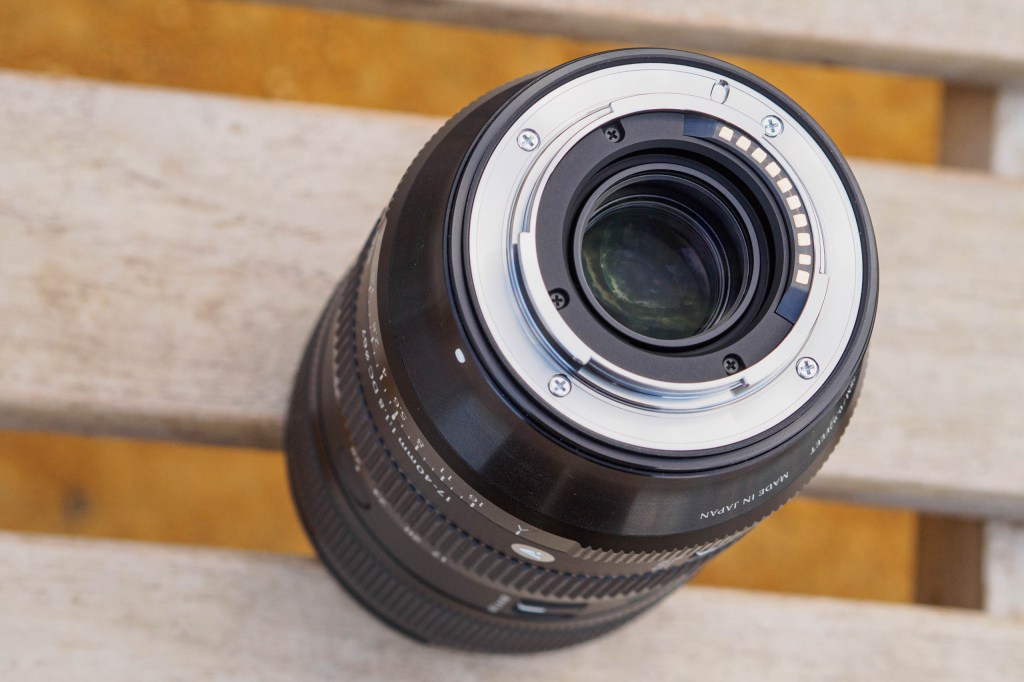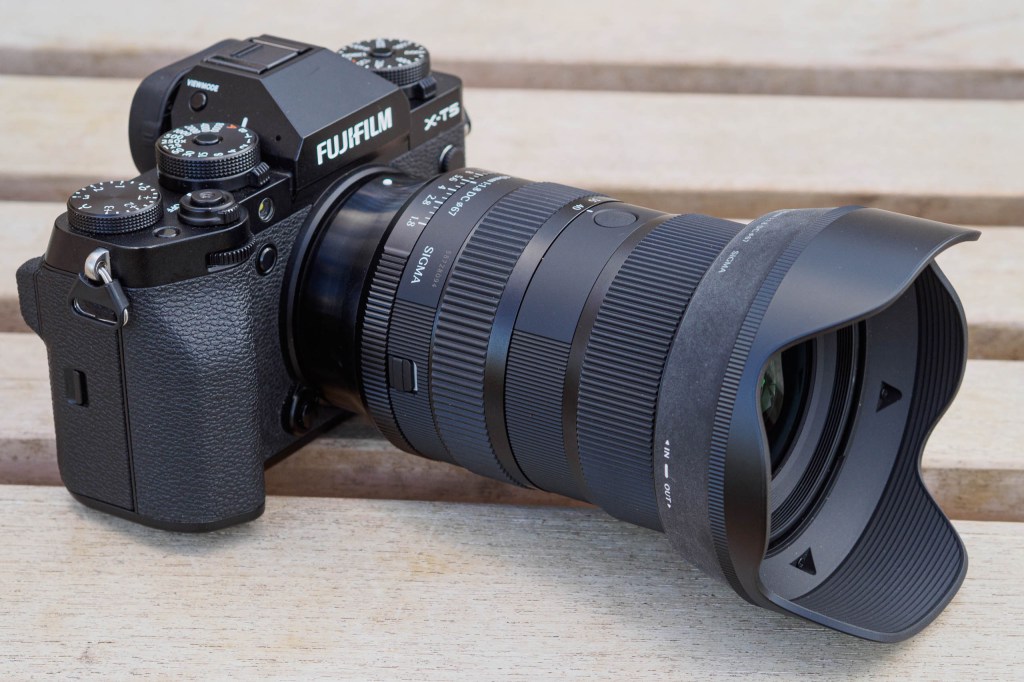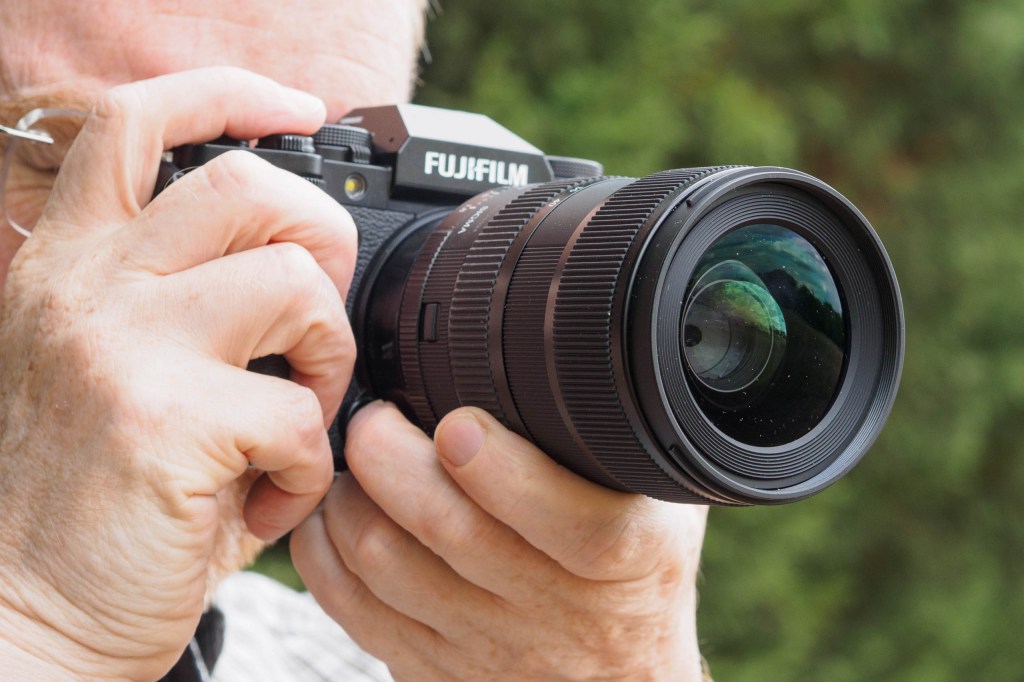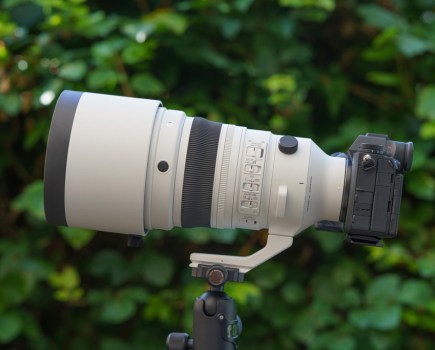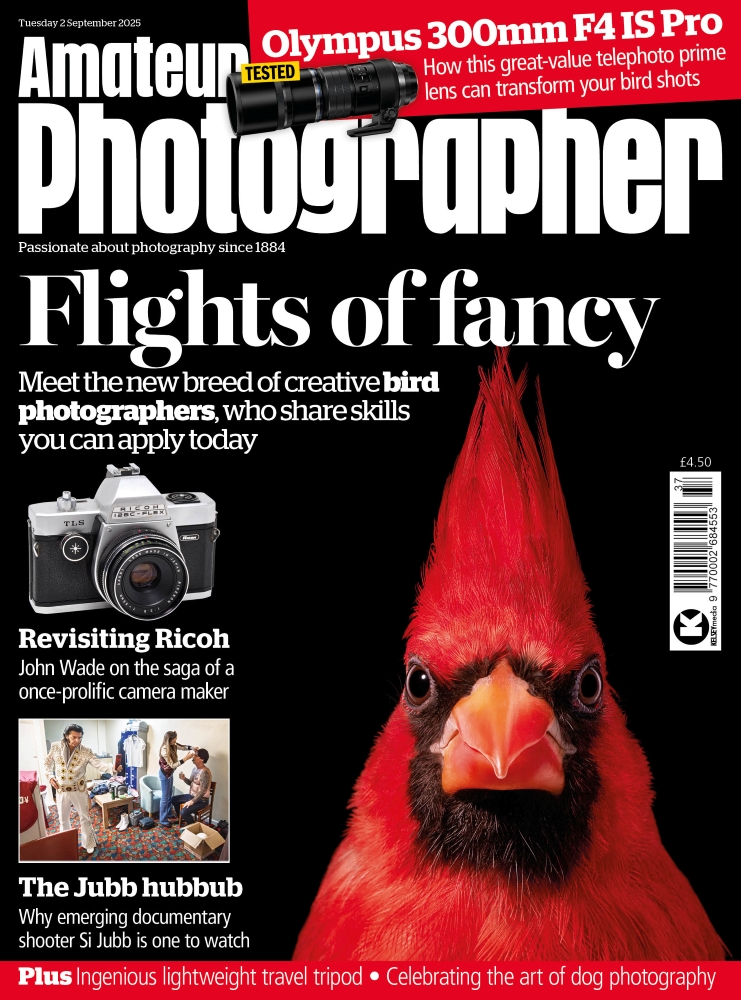Amateur Photographer verdict
The Sigma 17-40mm F1.8 DC has a limited zoom range and some clear optical compromises. But even so, it’s a uniquely useful lens for APS-C users, thanks to its ultra-large aperture.- Ultra-large maximum aperture
- Excellent handling
- Fast, silent autofocus
- Includes aperture ring (control ring on Canon)
- Limited zoom range
- Weak edge sharpness at wideangle
The Sigma 17-40mm F1.8 DC Art is, at the time of writing, the world’s largest-aperture standard zoom for APS-C mirrorless cameras. It provides a 26-60mm equivalent focal-length range, while its f/1.8 maximum aperture will give similar background blur and depth-of-field to an f/2.8 zoom on full-frame. It’s set to be available in Canon RF, Fujifilm X, Sony E, and L mounts.
Sigma 17-40mm F1.8 DC Art at a glance:
- $919 / £779
- Canon RF, Fujifilm X, Sony E and L mounts
- 25.5-60mm equivalent range (27-64mm on Canon)
- Aperture ring (control dial on Canon)
- 67mm filter thread
- 115.9mm long, 535g
In essence, this lens is the spiritual successor to Sigma’s previous 18-35mm F1.8 DC HSM Art for APS-C DSLRs, which appeared in 2013. Yet despite its broader zoom range, the 17-40mm is 30% lighter than its predecessor, and 5mm shorter. It’s also considerably smaller and lighter than the Sigma 24-70mm F2.8 DG DN II Art for full-frame cameras, despite the fact that in principle, it’ll do much the same job.
That $919 / £779 price point is extremely tempting too, given that it’s much cheaper than the camera manufacturers’ f/2.8 APS-C standard zooms. In comparison, the Fujifilm XF 16-55mm F2.8 R LM WR II costs $1199 / £1150, while the Sony E 16-55mm F2.8 G is $1700 / £1059. Given that this is part of Sigma’s Art-series line-up, we can expect high-quality optics, as well. It all sounds too good to be true, but is there a catch?
Features
Optically, Sigma has employed 17 elements in 11 groups. This includes 4 super-low dispersion glass (SLD) and 4 aspherical elements with the aim of rendering finely detailed images with minimal colour fringing, even wide open. Sigma’s Super Multi-Layer Coating is employed to suppress flare and ghosting.
Unusually for this kind of lens, an internal zoom mechanism means that the size and balance remain the same at all focal lengths. The barrel boasts dust- and splash-resistant construction, including a seal around the mount to protect the camera from dust and water ingress. There’s also an oil and water repellent coating on the front glass to help keep it clean of raindrops and fingerprints.
Autofocus employs a High-response Linear Actuator (HLA), promising quiet, fast and accurate operation. Sigma says focus breathing is suppressed optically, which should enable natural-looking focus pulls when recording video. The minimum focus distance is 28cm, giving 0.21x magnification at the 40mm setting (this equates to an image area of 112 x 75mm).
Sigma includes a fairly chunky lens hood, which is equipped with a locking button to prevent it from coming off accidentally. While it reverses for storage, it’s quite a lot larger in diameter than the lens itself, requiring a 95mm-wide slot in your bag. The lens accepts relatively affordable 67mm filters.
Build and handling
Despite its large aperture, the Sigma 17-40mm F1.8 is perfectly reasonably sized. It measures 115.9mm long by 72.9mm in diameter and weighs in at 535g. I tested it on the Fujifilm X-T5, and the combination felt very nicely balanced. But I suspect it would feel quite front-heavy on small flat-bodied cameras like the Sony A6400 or Fujifilm X-E5.
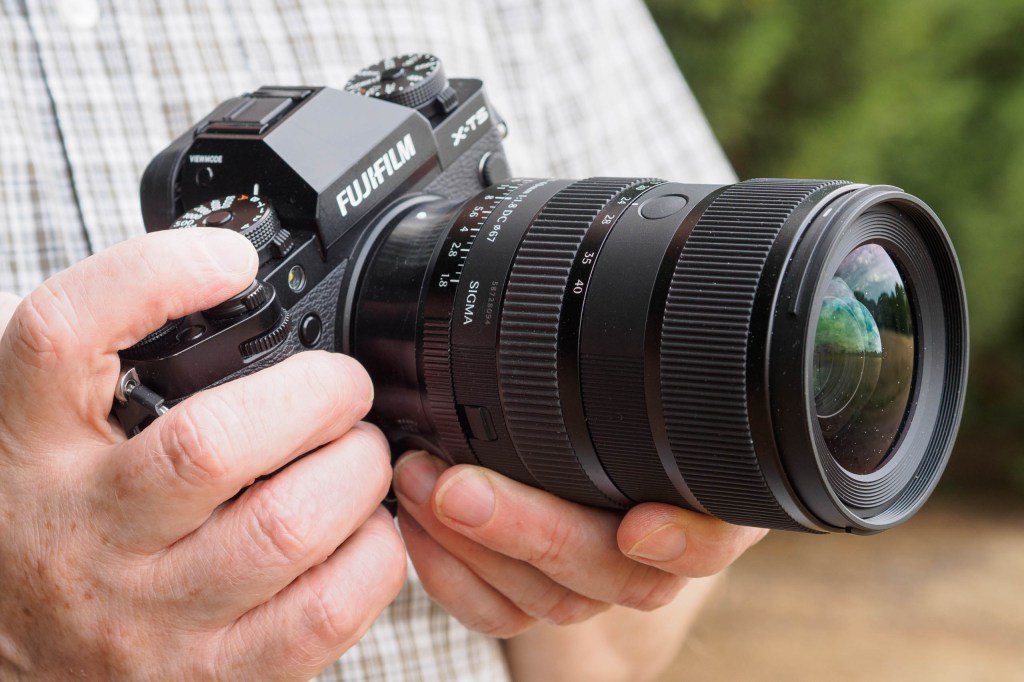
Sigma has included a full set of external controls. Notably, for the first time on an APS-C lens, it’s added an additional control dial placed close to the camera body, behind the zoom and focus rings. On the E, X, and L-mount versions, this takes the form of a conventional aperture ring, while the RF-mount model has an unmarked, continuously rotating control ring that behaves like those on Canon’s own lenses.
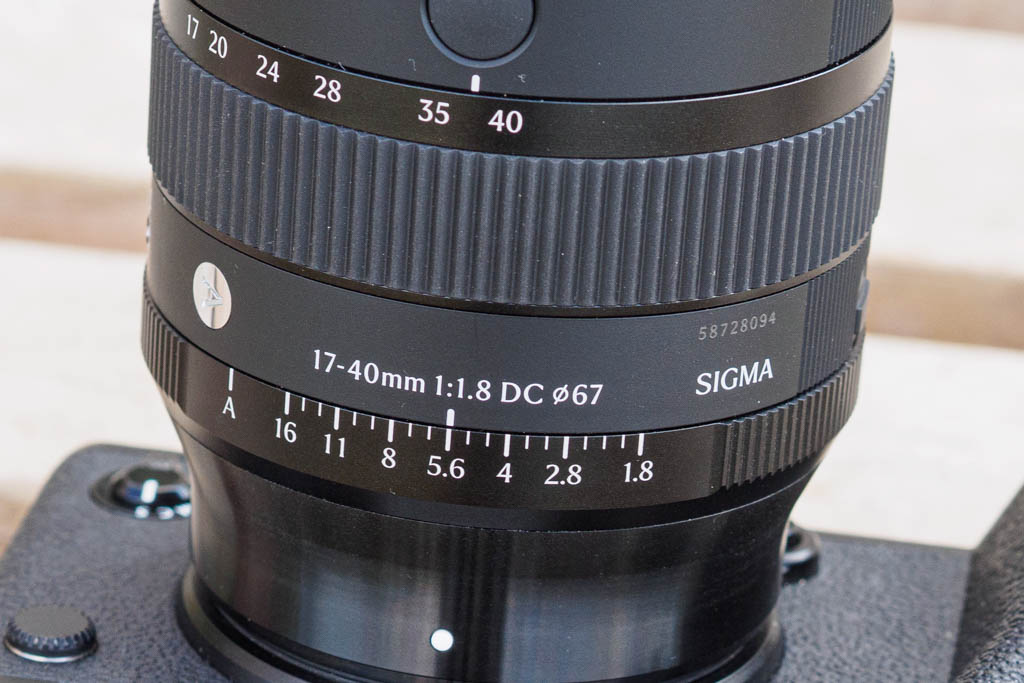
The addition of an aperture ring will be particularly appreciated by Fujifilm users, as unlike with Sigma’s older lenses, it means you don’t have to switch to using a dial on the camera to set the aperture. The ring can be set to either clicked or smooth operation via a switch on the barrel, while a second switch locks it either into, or out of its A position.
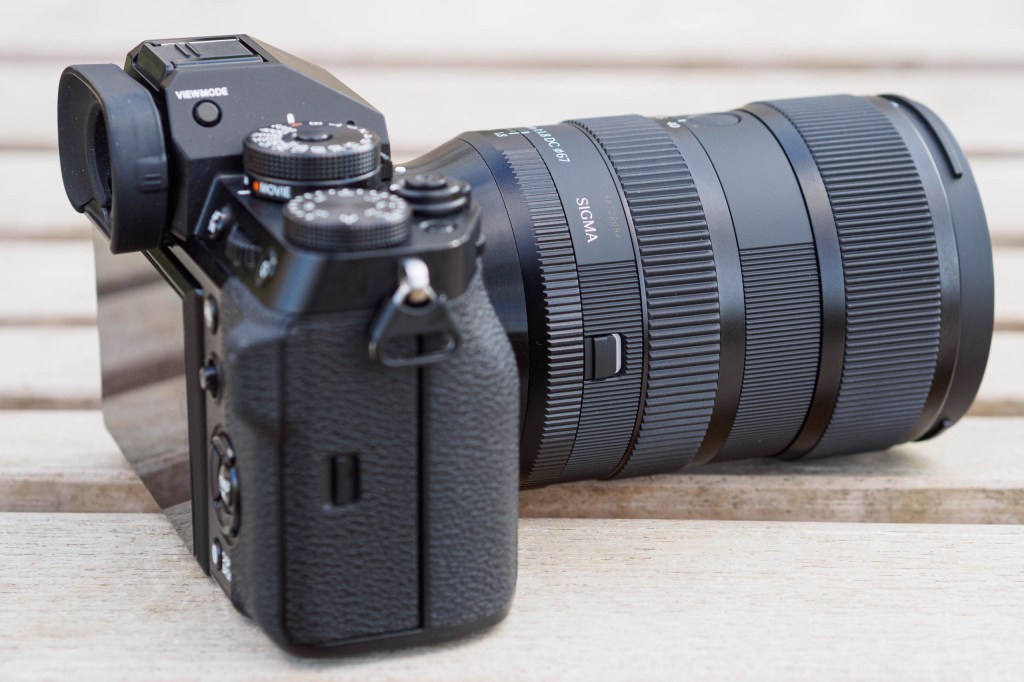
There’s also a pair of lens function buttons, one each for portrait and landscape shooting. On Sony, Canon and L-mount cameras, their function can be assigned from the camera menus as usual. On the X-mount version, they can be set to either AF-ON or AF-lock via a switch on the lens. These buttons are a little small, but they work perfectly well, and they are sufficiently recessed that you shouldn’t activate them by accident.

The zoom ring falls naturally to hand and rotates extremely smoothly, taking well under a quarter-turn to traverse its full range. Meanwhile manual focus is operated via a large ring at the front, that again is wonderfully smooth in action. Overall, the lens is a joy to use.
Autofocus
Turning our attention to autofocus, I found the Sigma 17-40mm F1.8 difficult to fault. It’s fast – perhaps surprisingly so, given the large aperture – and pretty much silent. Videographers will be pleased to hear that Sigma’s claims of minimal focus breathing stand up to scrutiny in real-world use, too.

Should you need to use manual focus, this works very well too. As with all modern autofocus lenses, it’s electronic rather than mechanical. The focus ring is very nicely damped and provides extremely precise control. Turning the ring will also engage the camera’s usual focusing aids automatically.
Performance
So how about image quality? This is where things get a bit more complicated. I tested the lens on the Fujifilm X-T5, with its demanding 40MP X-Trans sensor. On the whole, I was quite pleased with the results I got from the lens, but this does come with some caveats – as you should probably expect from an f/1.8 zoom at this price.
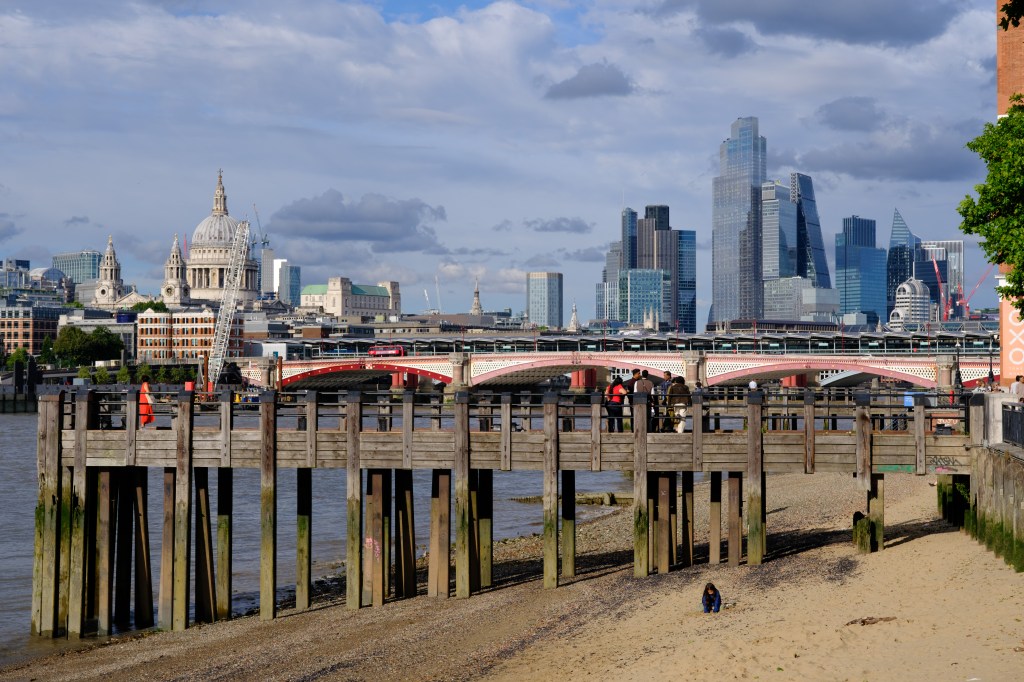
Firstly, let’s look at the good points. Used at its strongest focal lengths (which means about 24mm or longer), and in its optimum aperture range around f/4 to f/8, the lens produces sharp, clean images with impressive levels of detail across the frame. Thanks to integrated software correction of distortion, straight lines are correctly rendered, too, giving natural-looking geometry.

It is, however, impossible to get away from the fact that at wider angle settings, the lens just isn’t particularly sharp towards the edges, regardless of aperture setting. This is in part due to lateral chromatic aberration, which shows up as strong green/magenta fringing towards the edges and corners of the frame. This fringing isn’t fully corrected in camera JPEGs, and it can look very intense in vivid colour modes such as Velvia. It can be suppressed effectively in raw processing, but this just ends up compounding the overall impression of softness in these areas.
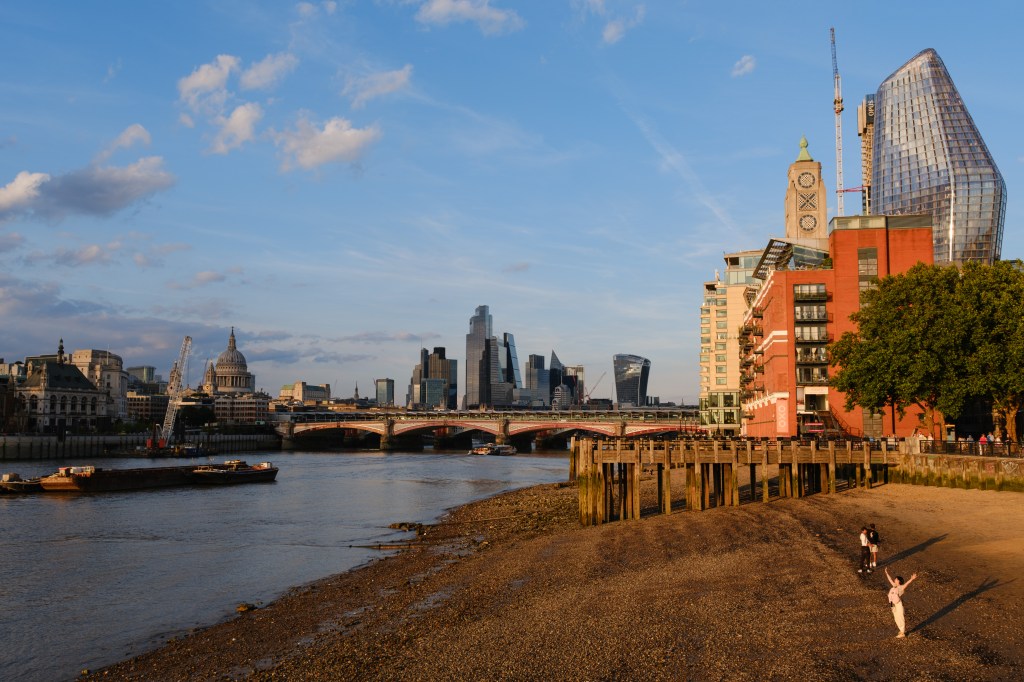
Unsurprisingly, the lens isn’t super-sharp wide open, either. It’s reasonably crisp in the centre of the frame, but fine detail fades off noticeably towards the edges and corners. Of course, when you’re shooting at f/1.8, much of your image is likely to be out of focus anyway, which tends to make whatever is in-focus look just fine.

Sharpness also drops off quite dramatically at close focus distances, where the unmistakeable ‘glow’ of spherical aberration comes to the fore. At 40mm, f/1.8 and minimum focus, barely any pixel-level detail is rendered at all. But really, that’s not unexpected from a large-aperture lens used for close-ups.

From this, it might sound like the lens is highly optically flawed. But do keep in mind that we’re talking about examining high-resolution files close-up onscreen here. You’ll need to blow up your photos pretty large to be seriously bothered by any of this – if you’re viewing them on a phone or tablet screen, or in print sizes of A4 or smaller, it probably won’t matter.

In other respects, the lens is perfectly well-behaved. For example, I had no real problems with flare when shooting into the light. There’s not a lot of vignetting to be seen, either, to the extent I often added a little back in raw processing. Crucially, out-of-focus backgrounds are, on the whole, rendered very smoothly, so photos taken at large apertures look very nice.
Sigma 17-40mm F1.8 DC Art : Our Verdict
If ever there was a lens that should be judged on what it can add to your toolkit, rather than on sharpness tests, it’s the Sigma 17-40mm F1.8 DC Art. It’s unlikely to excel when assessed using such things as brick-wall shots or MTF charts. However, judging a lens on sharpness alone risks missing the wood for the trees.
With its short zoom range and slightly weak edges at wideangle, this isn’t a lens I’d necessarily recommend for travel photography, or for detail-rich subjects such as landscapes or cityscapes. However, that super-large aperture means it should please photographers shooting such things as weddings or events indoors, and looking to isolate their subjects against blurred backgrounds. The key is to play to its strengths.

Overall, I’d say the Sigma 17-40mm F1.8 is a lens whose optical design and price/performance ratio are well judged for its specific niche. It probably won’t replace your existing standard zoom, but it should do an excellent job of complementing it for use in specific situations.

Follow AP on Facebook, X, Instagram, YouTube and TikTok.
Sigma 17-40mm F1.8 DC Art full specifications
| Price | $919 / £779 |
| Filter Diameter | 67 mm |
| Lens Elements | 17 (4 SLD, 4 aspherical elements) |
| Groups | 11 |
| Diaphragm blades | 11 (rounded) |
| Aperture | f/1.8 – f/16 |
| Minimum focus | 28cm |
| Length | 115.9mm |
| Diameter | 72.9mm |
| Weight | 535g |
| Lens Mount | Canon RF, Fujifilm X, Sony E, L-mount |
| Included accessories | Front and rear caps, hood |

